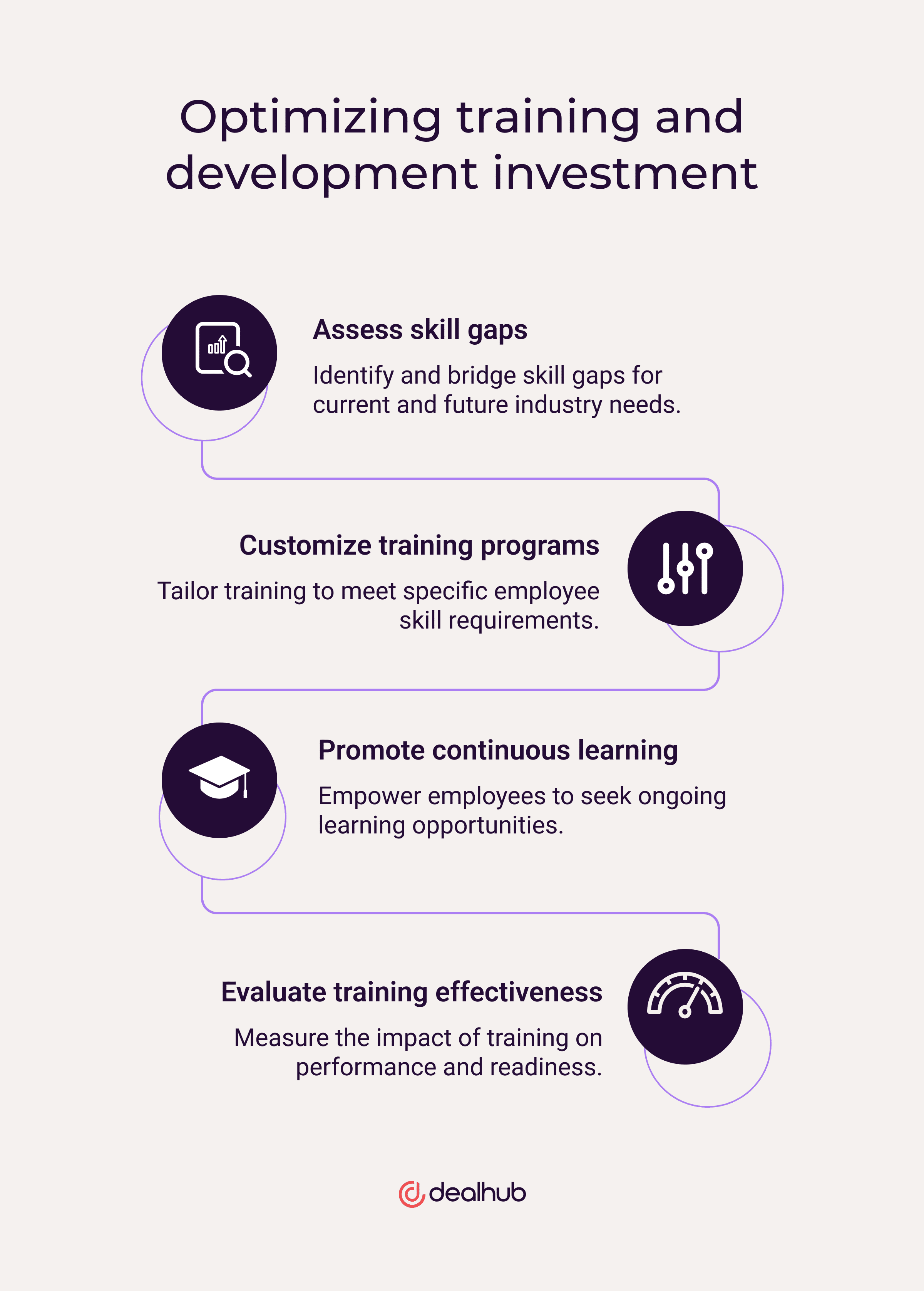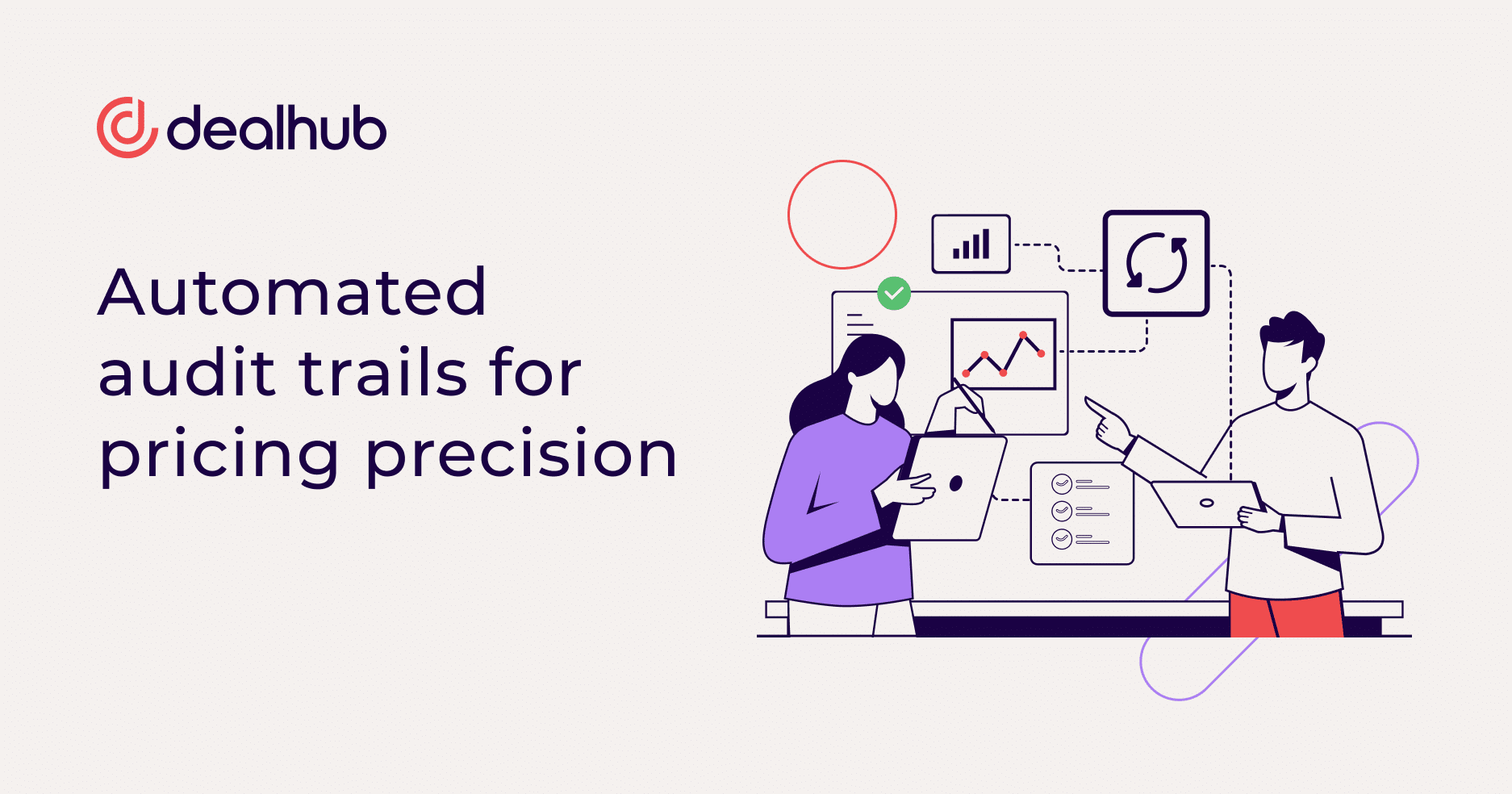Enterprise readiness involves responding to immediate challenges and proactively laying the groundwork for sustained success and growth. Below we explore the fundamental pillars of enterprise readiness and how businesses can lay a strong foundation, ready to seize opportunities and navigate ongoing business complexities.
Understanding enterprise readiness
Enterprise readiness is a multifaceted concept that denotes an organization’s capacity to efficiently scale and adapt its functions and capabilities across the entire spectrum of its operations. It measures how prepared a business is to face emerging challenges and opportunities, ensuring sustained performance and growth in a dynamic market. At its core, enterprise readiness is about resilience and adaptability, enabling companies to navigate uncertainties and changes with agility and foresight.
When companies undertake digital transformation of their revenue operations, enterprise readiness takes on even greater significance. As businesses undergo profound changes, integrating new technologies and digital processes, the ability to adapt becomes crucial. It’s not merely about adopting the latest tools and platforms but about developing an infrastructure that can evolve with these advancements. This means having systems in place that are scalable, flexible, and can support the rapid changes brought on by digital innovation.
Moreover, enterprise readiness is about aligning people, processes, and technology to handle new ways of working, ensuring processes are agile enough to adapt to new demands, and guaranteeing that technology infrastructure can support these changes. A digitally transformed, enterprise-ready organization is equipped to implement current technologies and continuously learn, adapt, and embrace future innovations.
As markets become more volatile and competition intensifies, the importance of enterprise readiness becomes paramount. Companies prioritizing and cultivating this readiness are better positioned to respond to market shifts, adopt new business models, and capitalize on emerging opportunities. They are the ones who will lead, innovate, and thrive in an era of perpetual transformation.
The 4 pillars of enterprise readiness
These pillars form the foundation upon which businesses can build their readiness strategy, ensuring they are well-equipped to face the future.

1. Agile business processes
An organization’s ability to maintain a competitive edge depends on its flexibility in adapting to changing market conditions. Agile business processes allow organizations to respond swiftly and effectively to new challenges and opportunities. Implementing agile methodologies means adopting an iterative approach to project management and product development, emphasizing flexibility, customer feedback, and rapid adaptation. For example, a software company using agile practices might release updates more frequently to adapt to user feedback and changing market needs, significantly increasing efficiency and customer satisfaction. This approach ensures businesses can pivot and innovate as required.
2. Adaptive leadership
The role of leadership in fostering organizational readiness cannot be understated. Adaptive leadership is more than managing day-to-day operations; it’s about envisioning the future and steering the organization toward it. Leaders who embrace change and innovation cultivate a culture of agility and resilience. They inspire and empower their teams to experiment, learn, and adapt. For instance, leaders in successful enterprises often prioritize strategic foresight, encourage cross-functional collaboration, and are open to new ideas and approaches. By doing so, they ensure their organizations prepare for and actively shape the future.
3. Robust cybersecurity
With the escalating threat landscape, robust cybersecurity to protect sensitive data and maintain customer trust is becoming increasingly critical. A solid cybersecurity framework encompasses the latest security technology and a vigilant workforce. Best practices include regular security assessments, employee training, multi-factor authentication, and incident response planning. These measures help safeguard against breaches and minimize the impact of any attacks, ensuring business continuity even in the face of ever-growing cyber threats.
4. Advanced technology integration
Leveraging cutting-edge technologies provides a significant competitive advantage. However, it’s not just about having the latest tools; it’s about seamlessly integrating these technologies into the organization’s fabric. Strategies for effective technology adoption include aligning tech initiatives with business goals, ensuring staff training and support, and maintaining a scalable and secure infrastructure.
Companies that have successfully integrated AI and IoT, have seen transformative impacts. They’ve improved decision-making, enhanced customer experiences, and created new business models. By staying at the forefront of technological advancements, businesses are always ready to capitalize on the next opportunity.
Strategies for achieving enterprise readiness
Ensuring an organization is ready for change and innovation requires a strategic approach. Its leaders must develop a readiness roadmap, promote collaboration across functions, and invest in ongoing staff training and development.
Craft a comprehensive readiness roadmap
Creating a comprehensive readiness roadmap begins with thoroughly assessing the organization’s strengths and weaknesses. This understanding allows businesses to set realistic and specific goals for enhancing their readiness capabilities. Establishing clear milestones helps track progress and maintain momentum while ensuring the organization remains agile and adaptable.
Consider the following tips for crafting a readiness plan and charting a path for your organization’s sustained adaptability and growth.
- Conduct a thorough assessment: Utilize tools like SWOT analysis to understand your organization’s current state. Identify strengths to leverage, weaknesses to address, opportunities to pursue, and threats to mitigate.
- Set clear, measurable goals: Define what enterprise readiness means for your organization. Set specific, quantifiable objectives that will indicate progress, such as reducing response time to market changes by a certain percentage.
- Develop a detailed action plan: Outline the steps required to meet each goal, assign responsibilities, and set deadlines. This plan should include initiatives for enhancing skills, updating technologies, and refining processes.
- Establish metrics and KPIs: Determine how you will measure success and track progress toward your goals. Regularly review these metrics and adjust your strategies as necessary.
This roadmap becomes a living document, guiding the organization toward a future where it’s equipped to handle new challenges and opportunities with confidence and strategic foresight.
Build cross-functional collaboration
Enterprise readiness also requires the harmonious collaboration of various organizational departments and units. Breaking down silos is the first step toward fostering effective communication and a unified approach to challenges and initiatives. Encouraging collaboration between IT and other business units ensures that technology solutions are fully aligned with the company’s goals and operational needs.
To foster an environment of cross-functional collaboration, follow these tips aimed at enhancing communication and unity across your organization.
- Identify silos and barriers: Recognize departments or processes that operate in isolation and work to understand the barriers to collaboration.
- Promote a unified vision: Ensure all departments understand the overarching business goals and how their work contributes to enterprise readiness.
- Facilitate regular cross-departmental meetings: Create forums where teams can share information, discuss challenges, and develop integrated solutions.
- Encourage joint projects: Foster collaboration by initiating projects requiring multiple departments’ input and effort, ensuring they align with broader organizational objectives.
Striving for this synergy means that different parts of the organization are working alongside each other and are integrated and cohesive, contributing to a holistic state of enterprise readiness where every component is geared towards organizational resilience and adaptability.
Invest in training and development
Investing in employee training and development creates a workforce that’s not just tech-savvy but also adaptable and forward-thinking. Customizing training programs to meet the specific readiness goals of the organization ensures that employees are not just learning but are equipped to contribute to the company’s readiness strategy. Regularly assessing and measuring the impact of these training programs on overall organizational readiness allows for continuous improvement and ensures that the workforce remains at the forefront of industry developments.
Enhancing your workforce’s skills and adaptability is necessary; here are some targeted tips for investing effectively in training and development.

- Assess skill gaps: Regularly evaluate the skills of your workforce and identify gaps that could hinder readiness. Consider both current and future needs based on industry trends.
- Customize training programs: Develop or source training programs that are tailored to the specific skills your employees need. Ensure these programs are accessible and relevant.
- Promote continuous learning: Encourage employees to seek out learning opportunities and provide resources and support for their development efforts.
- Evaluate training effectiveness: Regularly assess the impact of training on employee performance and organizational readiness. Use feedback to improve future training initiatives.
This investment in human capital is fundamental to building an organization that’s ready for anything the future might hold.
Embrace enterprise readiness for success, resilience, and growth
In a volatile business environment, C-suite leaders are at the forefront of steering their organizations through complexities and uncertainties. Embracing enterprise readiness is not just about surviving the next quarter but strategically positioning your organization for long-term success. For leaders, this means looking beyond immediate challenges and focusing on building an adaptive, proactive, and robust organization capable of turning potential threats into avenues for growth and innovation.
Investing in enterprise readiness directly aligns with the core responsibilities of C-suite executives, offering a tangible impact on risk management, operational efficiency, and market competitiveness. By embedding agility and resilience into your corporate strategy, you ensure that your organization is not just equipped to handle current challenges but is also constantly scanning the horizon for future opportunities. This approach secures a competitive edge, as a readiness-focused organization is more likely to innovate and capture new market opportunities before its peers.
Moreover, prioritizing enterprise readiness creates a compelling value proposition for investors and customers. It demonstrates a commitment to sustainable growth, operational excellence, and prudent risk management, key factors stakeholders evaluate when assessing a company’s long-term potential.
As a C-suite leader, your endorsement and drive toward enterprise readiness are an investment in your organization’s most precious asset — its ability to adapt, innovate, and lead in an ever-changing world. By championing this initiative, you safeguard your company’s future and define its trajectory, transforming potential disruptions into opportunities for growth, leadership, and sustained success.








